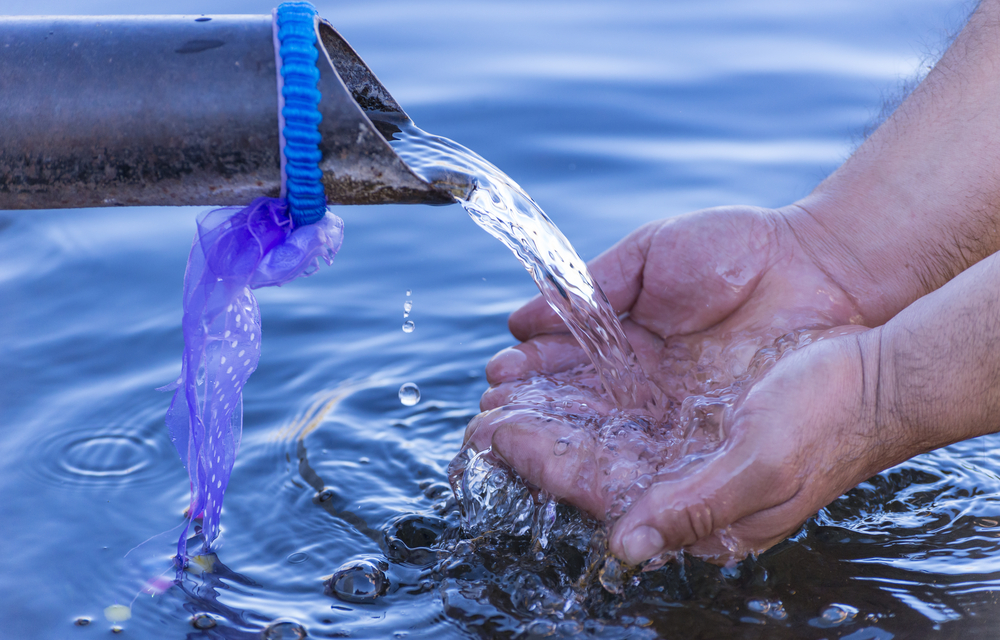The EPA recently announced the formation of a Water Reuse Interagency Working Group that is charged with creating and managing actions, tools, and resources to advance the reuse of water across the United States. The group was established under the Bipartisan Infrastructure Law.
“Water is an essential resource that we must protect, especially in the wake of climate change impacts such as drought,” said EPA Assistant Administrator for Water Radhika Fox. “The historic investment in our nation’s waters through the Bipartisan Infrastructure Law will help communities of all sizes build toward a more resilient future. The Water Reuse Working Group will foster improved federal coordination on integrated water management strategies such as reuse.”
The federal agencies participating in the Working Group with the EPA include the Council on Environmental Quality; the Office of Management and Budget; the Centers for Disease Control and Prevention; the U.S. Food and Drug Administration; the Federal Emergency Management Agency; the General Services Administration; the U.S. Agency for International Development; the U.S. Department of Agriculture; the U.S. Army Corps of Engineers; the U.S. Army Public Health Center; the Department of Energy; the U.S. Bureau of Reclamation; the U.S. Geological Survey; and the U.S. Department of State. They will be collaborating with states, tribes, and water sector partners to advance the National Water Reuse Action Plan (WRAP) by building capacity for communities pursuing water reuse.
Background
On February 27, 2019, the EPA announced the development of a WRAP to “better integrate federal policy and leverage the expertise of both industry and government to ensure the effective use of the nation’s water resources.”
The Water Reuse Interagency Working Group is also charged with continued leadership of the WRAP.
Currently, the federal government is actively involved in implementing approximately 40 WRAP actions, which include:
- Leveraging the EPA’s water partnership programs and utilizing integrated water resource management strategies to address water scarcity issues and water reuse opportunities in communities across the country;
- Enhancing state collaboration on water reuse;
- Promoting best management of unused/expired pharmaceuticals to protect the quality of recycled water by preventing pollution of surface and groundwater;
- Identifying water quality monitoring practices for reuse applications that will enable utilities to deliver a reliable supply of potable and nonpotable recycled water;
- Working with states to clarify the extent of the eligibility of water reuse projects by evaluating how the EPA and individual states’ Clean Water and Drinking Water State Revolving Fund programs currently consider the eligibility of reuse projects for funding;
- Seeking opportunities to optimize water reuse technology development through Federal Small Business Innovation Research (SBIR) solicitations;
- Funding research through the EPA’s Science to Achieve Results (STAR) program to support safe and sustainable water resources;
- Developing communication materials and an outreach plan to provide public health information about community water reuse, including information about the safety of recycled water and how community water reuse can support climate and disaster resilience;
- Developing case studies of how local pretreatment programs can mitigate and reduce problematic pollutants discharged into publicly owned treatment works and enhance reuse opportunities for reclaimed wastewater;
- Compiling existing state policies and approaches to water reuse;
- Developing guidance for National Pollutant Discharge Elimination System (NPDES) permit writers to help inform them of water reuse and enable consideration and implementation of water reuse practices within the appropriate authority of NPDES permits;
- Utilizing existing multiagency federal working groups to serve as forums for coordinated federal engagement on water reuse;
- Conducting outreach and training with tribes to build water reuse capacity;
- Promoting the U.S. Army Corps of Engineers Nationwide Permit 59 (effective February 25, 2022) that authorizes “discharges of dredged or fill material into non-tidal waters of the United States for the construction, expansion, and maintenance of water reclamation and reuse facilities”;
- Incorporating water quality and on-site reuse research into codes and standards for premise plumbing;
- Developing a National Water Census of supply and demand that allows for the assessment of current and future water availability in terms of quantity, quality, and water use;
- Quantifying the national volumes of water potentially available for reuse for municipal wastewater;
- Developing a coordinated national water reuse research strategy;
- Developing a water reuse communications strategy and new outreach and communications materials; and
- Engaging disadvantaged communities in rural areas to evaluate needs and opportunities to improve water security, sustainability, and resilience through water reuse.
In moving forward with the Working Group, the EPA will capture the findings and activities of the group in a biannual report for use by Congress beginning in 2024. The Working Group is scheduled to remain active until 2028, when its activities can be extended by the group’s chairperson.

